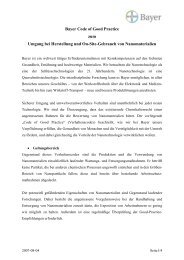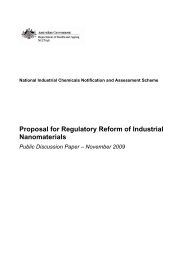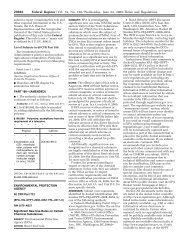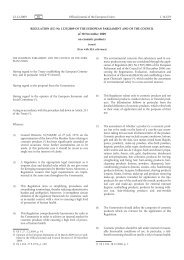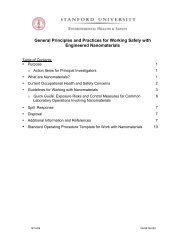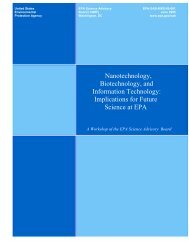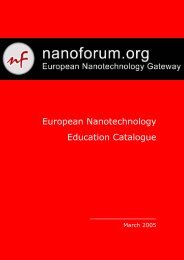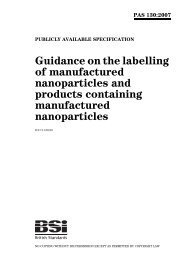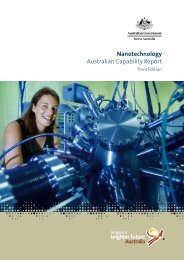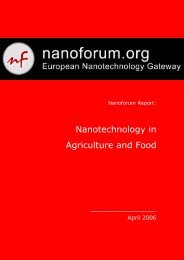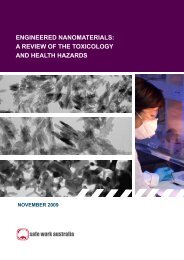Nanoforum - Nanotech Regulatory Document Archive
Nanoforum - Nanotech Regulatory Document Archive
Nanoforum - Nanotech Regulatory Document Archive
You also want an ePaper? Increase the reach of your titles
YUMPU automatically turns print PDFs into web optimized ePapers that Google loves.
On the base of the above mentioned possibilities the group of the Cryoelectronic<br />
Department can participate on the research programs oriented on the preparation<br />
and characterisation of structures in micrometers and sub-micrometers dimensions.<br />
The main interest of the group is structures for detectors (single photon detector),<br />
nanometrology (current standard) and cryoelectronic devices based on the high Tc<br />
(YBa2Cu3O7-x) and medium Tc (MgB2) superconductors.<br />
New functionalized polymer nano-materials, their preparation, processing and<br />
exploitation<br />
Address: Slovak Academy of Sciences, Polymer Institute, 842 36 Bratislava,<br />
Dubravska cesta 9, Slovak Republic<br />
Contact: Pavol HRDLOVIC<br />
Phone: +421 2 54773448<br />
E-mail: upolhrdl@savba.sk<br />
Research subject for a potential FP6 project :<br />
The volume of materials based on polymers is steadily increasing. The traditional<br />
way of preparation of new polymeric materials through new or conventional<br />
monomers is still open but seems to be rather limited. The open and promising way for<br />
preparation of new polymeric materials such as functionalised nano-structure polymer<br />
materials, fine and coarse polymer dispersions, percolationlike (conductive) polymer<br />
matrices etc. is to polymerise common or new monomers in a nonconventional way<br />
to produce nano-particles with controlled size and distribution in any type of<br />
heterogeneous polymerisation. The nanoparticles besides using them as fillers or<br />
micro-reactors can carry various functions e.g. catalytic, conductive, thermoresponsive,<br />
pH-responsive, etc.<br />
These materials are of great interest because of their surface-active properties and<br />
therefore they can serve as the stabilisers of dispersions or compatibilizers of<br />
polymers and carrier of drugs and sensors of different types. New properties are<br />
expected from polymeric materials based on both conventional and new monomers and<br />
polymers and the blends of synthetic and natural polymers.<br />
These materials will have a complex structure with a unique morphology and phase<br />
behaviour. The morphology will be dominated by domains is in the nano-region. The<br />
development of new processes will be needed to prepare these micro-domains in situ of<br />
the conventional polymers.<br />
These new materials will have unique optical, mechanical, electrical properties. The<br />
morphology and properties will vary with the size of domains and the interface area<br />
between the continuous and dispersed phases within the integral complex approach to<br />
advanced polymer materials development computer modelling based on molecular<br />
simulations (Monte Carlo method) will be included. This will help to elucidate the<br />
behaviour of macromolecules on micro- and nano-scale and provides one of few<br />
routes for the transition from trial and error approach in macromolecular applications to a<br />
knowledge-based approach.<br />
218



